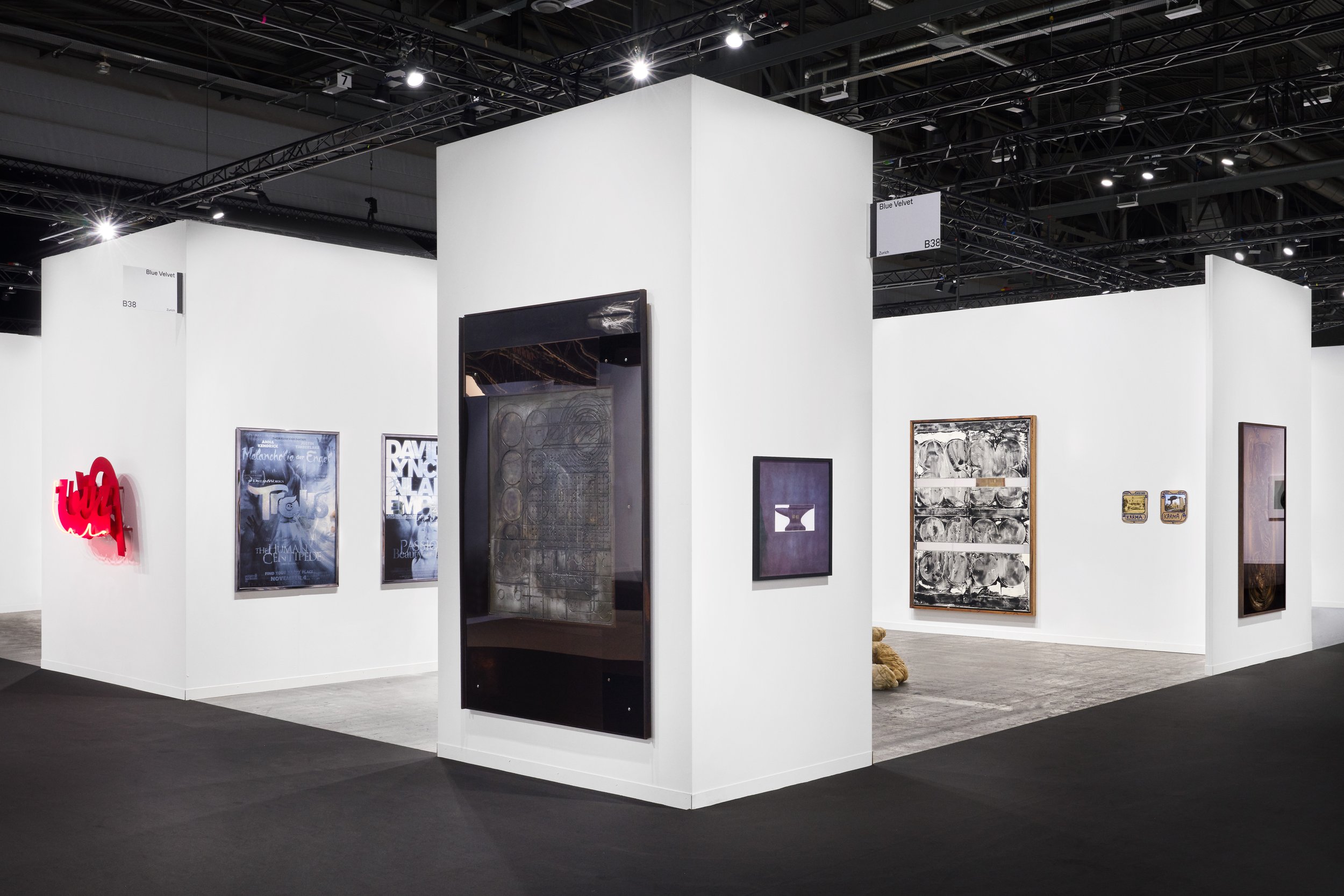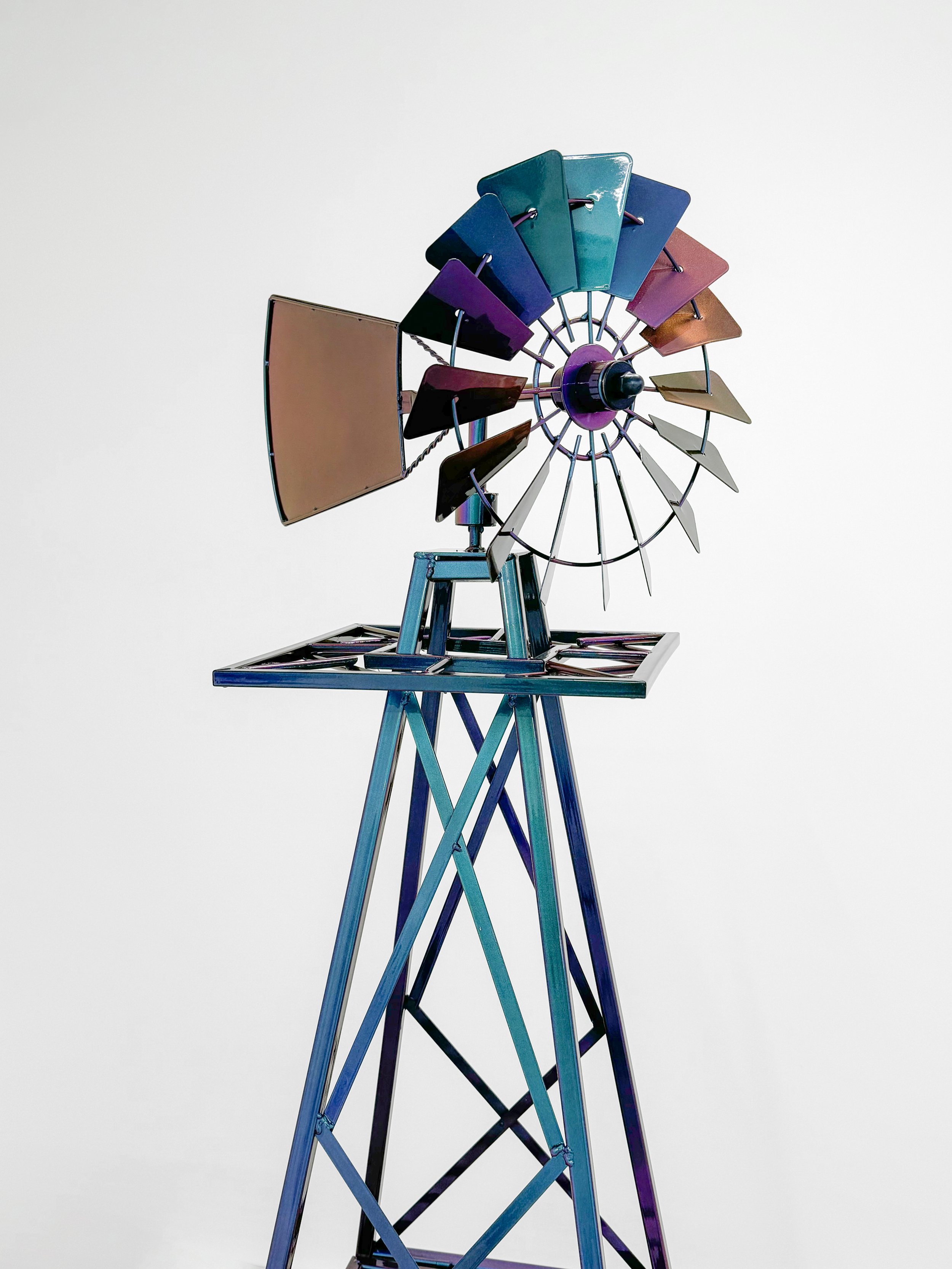Art Genève 2025
Group presentation with Hans Bellmer, Chryssa (estate), Adam Cruces, HR Giger, Thomas Hirschhorn, Julian-Jakob Kneer, Marie Matusz, Monica Mays, and Sibylle Ruppert (estate)
30 January – 3 February 2025 | Palexpo – Genève | Booth B38
For our first participation at Art Genève, we are excited to present new and historical works by several artists of our program, such as Chryssa (estate), Adam Cruces, Julian-Jakob Kneer, Marie Matusz, Monica Mays, and Sibylle Ruppert (estate). We are also very excited to present works by Hans Bellmer, HR Giger and Thomas Hirschhorn that have been part of our latest exhibitions. This selection reflects the diversity and depth of our program and aims to further connect the gallery with Western Switzerland.
Adam Cruces examines how objects shift meaning through subtle and ironic acts of transformation, exploring tensions between function, perception, and the habits of contemporary life. Marie Matusz expands this dialogue with sculptural works that investigate the interplay of form, space, and language, examining how bodily and mental presence are shaped by socioeconomic contexts. Her largest institutional solo exhibition to date opens at Kunsthalle Basel this January, just two weeks ahead of Art Genève. Julian-Jakob Kneer’s work engages with the complexities of contemporary culture, drawing on pop imagery and layered narratives to explore moral ambiguity and human psychology. In series like “BASTARDS,” he blurs boundaries between reality and illusion, prompting reflection on societal norms and collective fears. Monica Mays examines the cultural and material histories embedded in everyday objects, transforming found and fragmented materials into sculptures that explore identity, memory, and domesticity. Her works often highlight the porous relationship between industrial and natural elements, creating a dialogue between personal and collective narratives. Sibylle Ruppert contributes to our program and our presentation in Geneva an unsettling dimension, with sexually charged and violent imagery that delves into the subconscious, exploring vulnerability, desire, and the human condition. Finally, presenting works from the estate of Chryssa underscores our commitment to rediscovering her legacy. A pivotal artist of the post-war period, Chryssa’s minimalist works remain central to contemporary conversations on form, language, and urban culture, offering a historical counterpoint to Ruppert’s visceral figurations.




Julian-Jakob Kneer BASTARD (CAREGIVER, 5), 2023 UV-print on mirror-aluminum, galvanized mirror-aluminum artist frame 125 x 90 x 3 cm
Hans Bellmer Les Jeux de la Poupée IV, 1949 Hand colored gelatin silver print 14 x 13.7 cm
Adam Cruces Windmill, 2024 Acrylic on metal 120 x 55 x 55 cm
Chryssa Blue "Hamburger Heaven/Ice Cream Parlour" (BUR), 2009 - 2010 Painted aluminium, neon tube 118 x 92 x 40 cm
Thomas Hirschhorn Post (KARMA 2), 2024 Cardboard, print and felt pencil 33 x 27 cm
Sibylle Ruppert Le troisième sexe, 1976 Charcoal on paper 104 x 83 cm
Marie Matusz Singular Objects I (Patterns of Exhaustion series), 2025 Acrylic paint and ink on hardboard, varnish, lacquer, dibond, PMMA, mahogany 220 × 145 × 4 cm
H.R. Giger Female Mask, 1978 Bronze 30 × 12 × 21 cm
Mónica Mays Shadow Box, 2024 Taxonomic box, chiffon, Bombyx Moris, flowers, brass 166 × 106 × 4 cm








